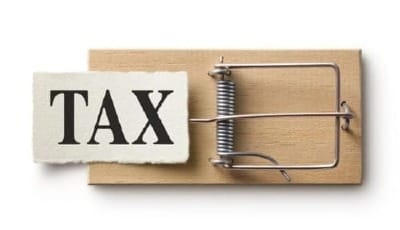The Retirement Tax Bill No One Warned You About

If you’ve ever looked at your retirement accounts and thought, “I hope I’m not missing something”… you’re in good company.
Many smart, successful retirees are—especially when it comes to taxes hidden inside their IRAs and 401(k)s. And the cost isn’t pocket change—it’s often six figures over a lifetime.
The Invisible Problem
Your retirement statement shows your account balance—but not the IRS’s share.
Withdrawals from tax-deferred accounts are taxed as ordinary income. That extra income can:
• Push you into a higher tax bracket
• Increase taxes on your Social Security
• Trigger higher Medicare premiums
It’s a chain reaction that quietly siphons more away each year.

Why Even Savvy Retirees Miss This
• Advisors focus on investments, not forward-looking tax strategy.
• CPAs work in the past, reporting what already happened.
• Most people assume taxes will be lower in retirement—but for IRA-heavy savers, the opposite is true.
Why Timing Matters
For many retirees, the way income is timed and structured over the years can make a significant difference. Large spikes in taxable income—such as those that can happen when Required Minimum Distributions (RMDs) begin—may trigger higher tax brackets, increase taxes on Social Security, and raise Medicare premiums.
I’ve seen situations where adjusting the flow of withdrawals led to major savings. In one case, a couple reduced their projected lifetime tax bill by more than $1,000,000 and created an additional tax-free income stream—simply by coordinating how and when their income was taken.
From “Am I Missing Something?” to “I’m in Control”
You don’t have to guess or hope you’re on the right path. A coordinated plan connects the dots—so your investments, taxes, income, and legacy all work together to protect what you’ve built. If you need a second opinion, let’s talk.




